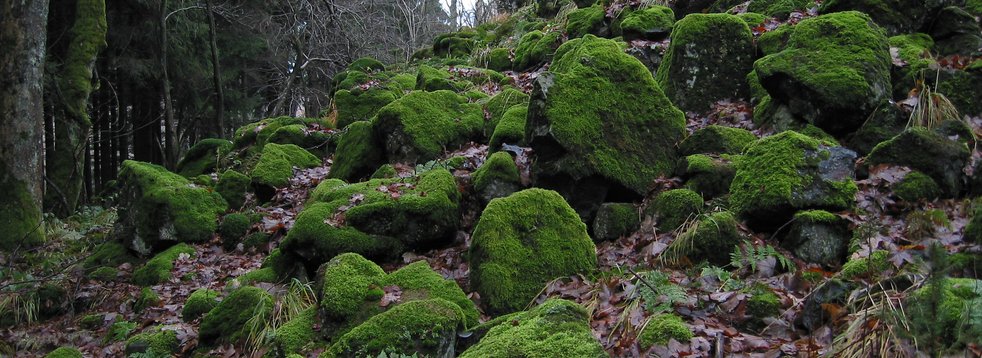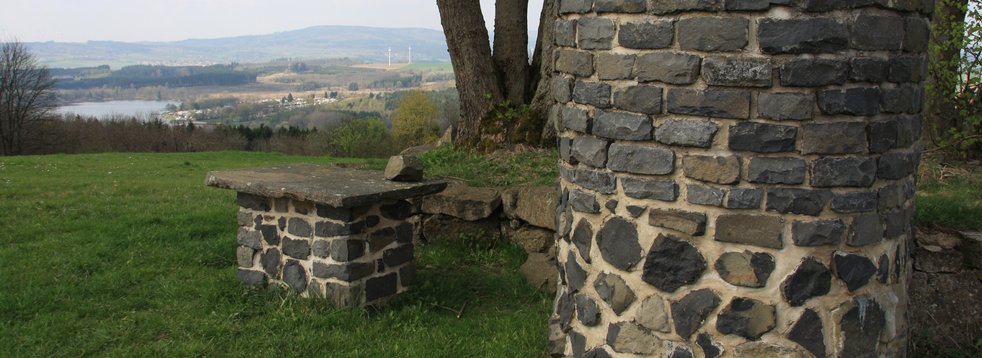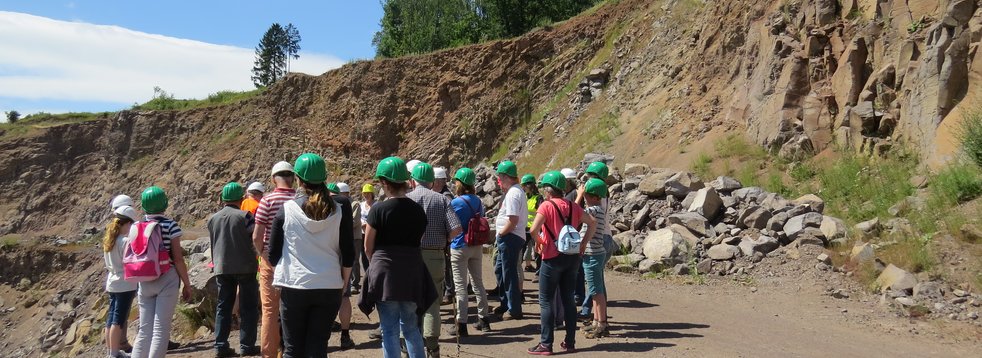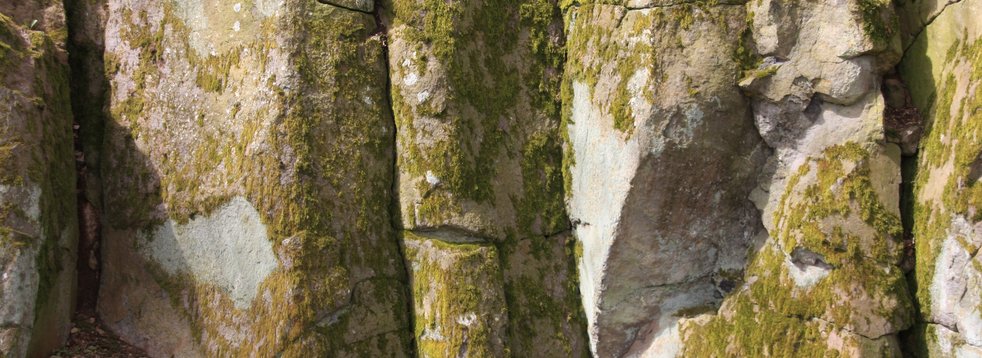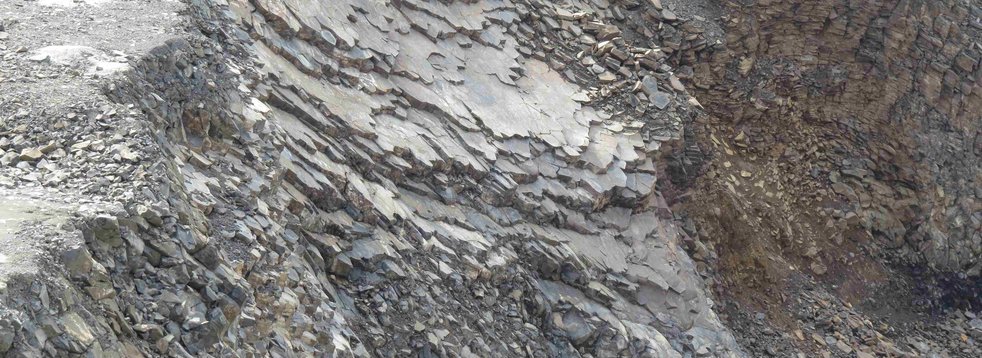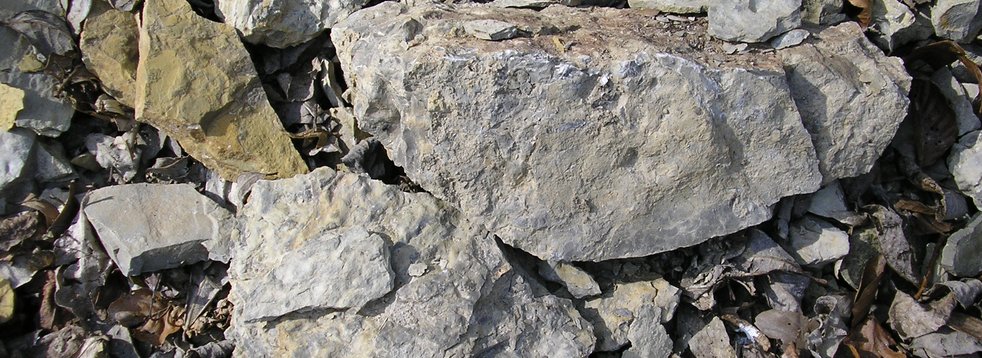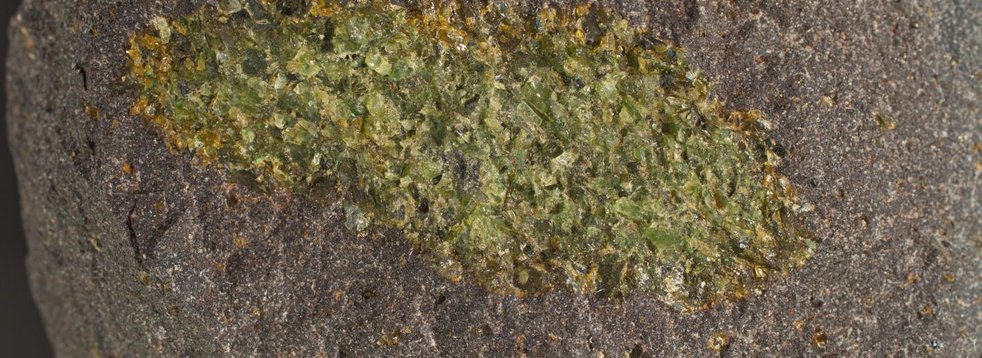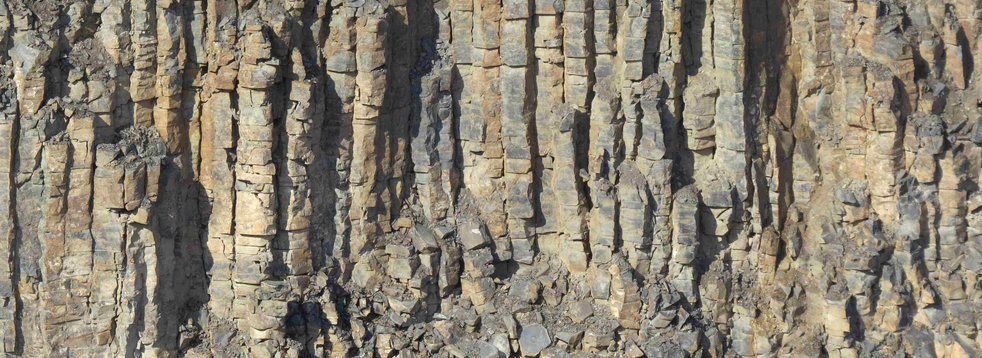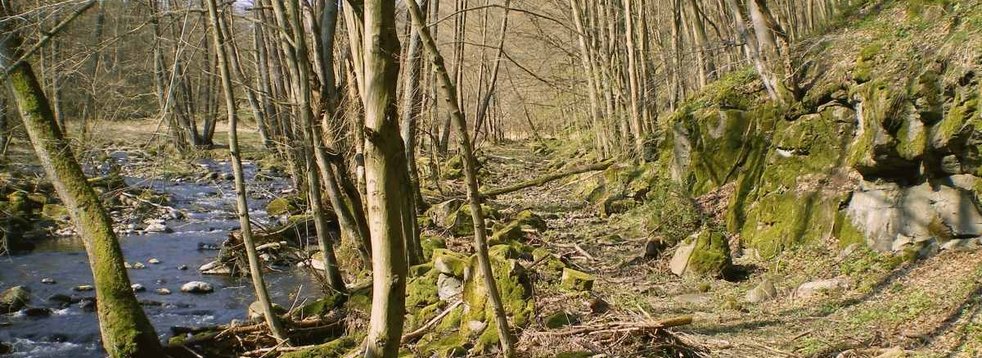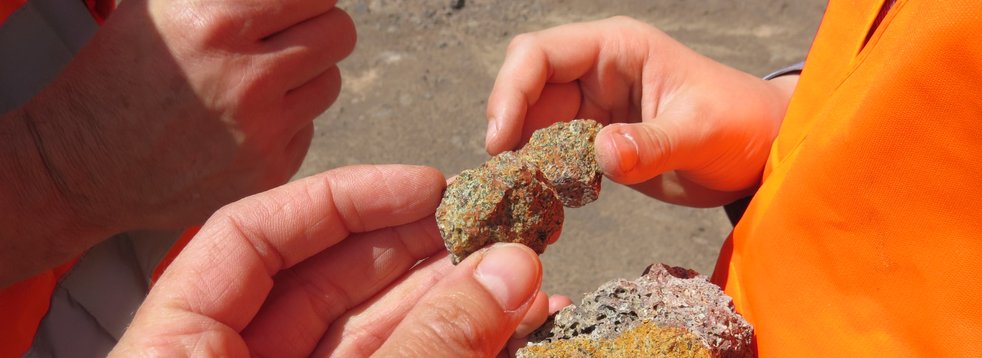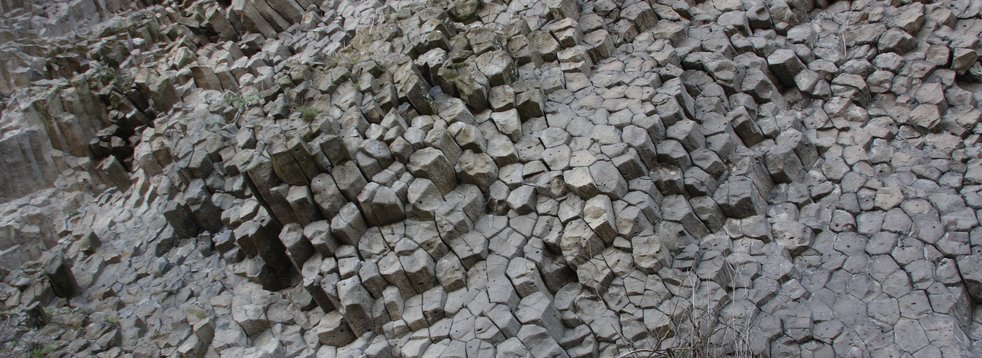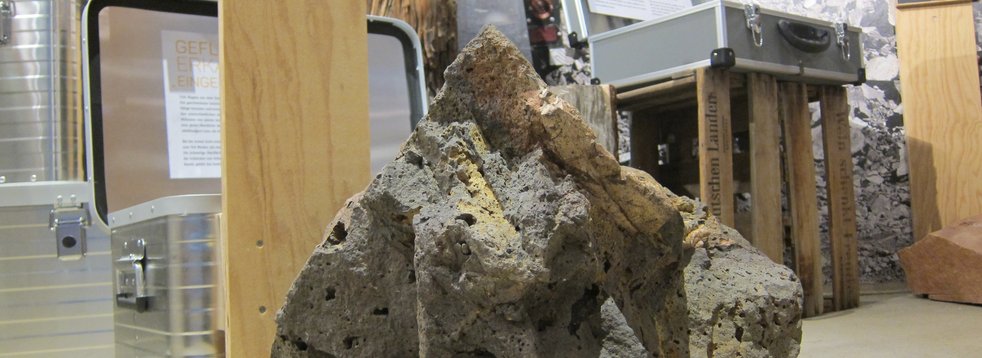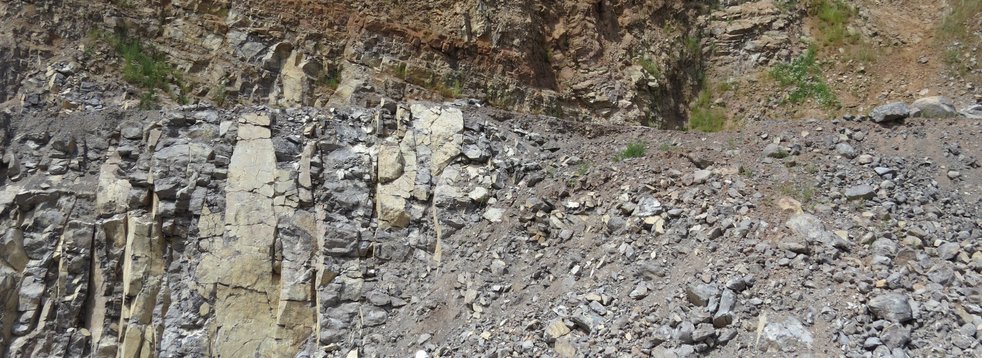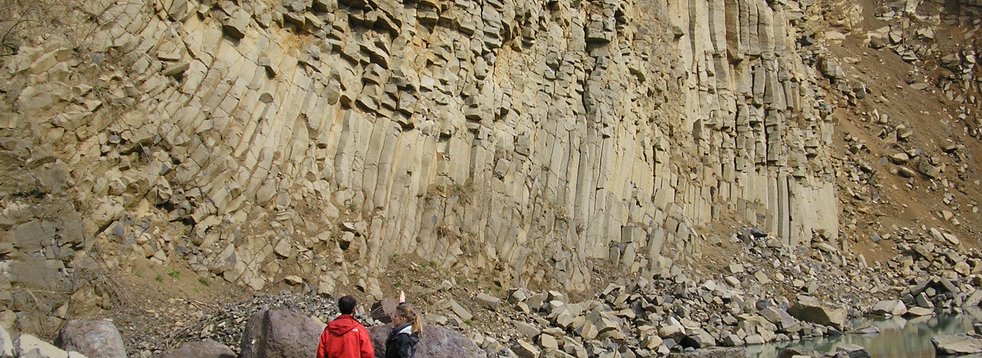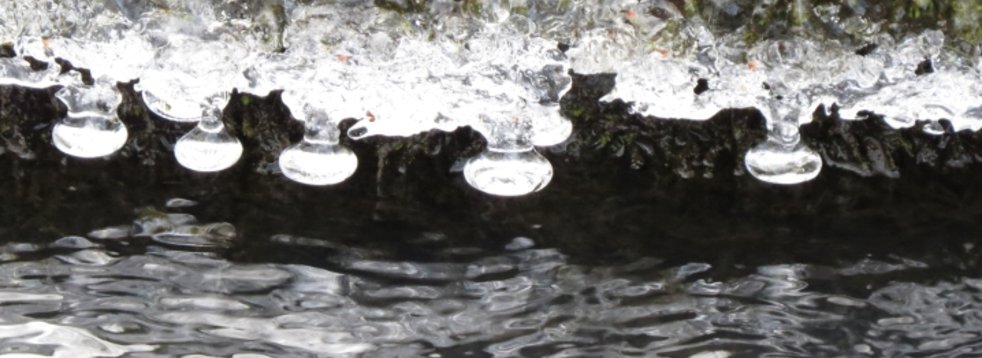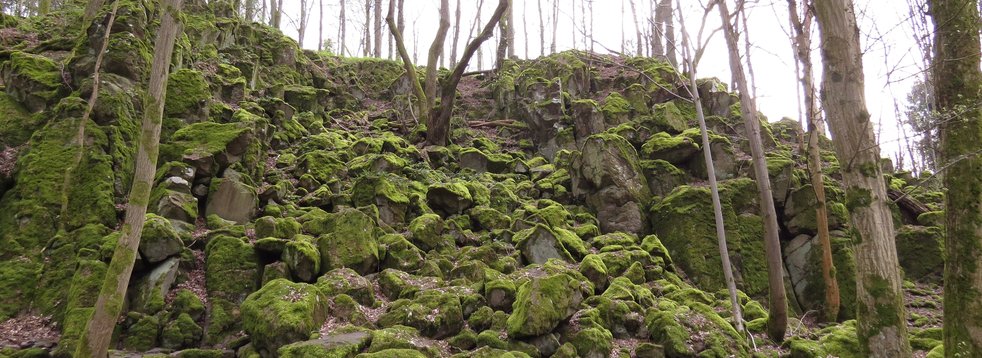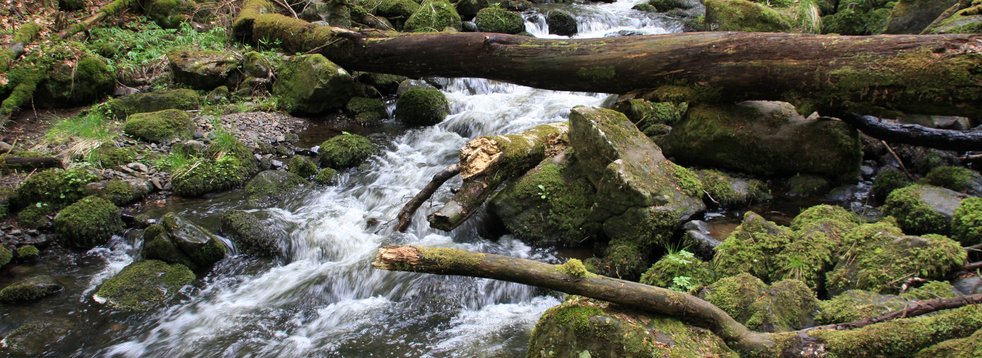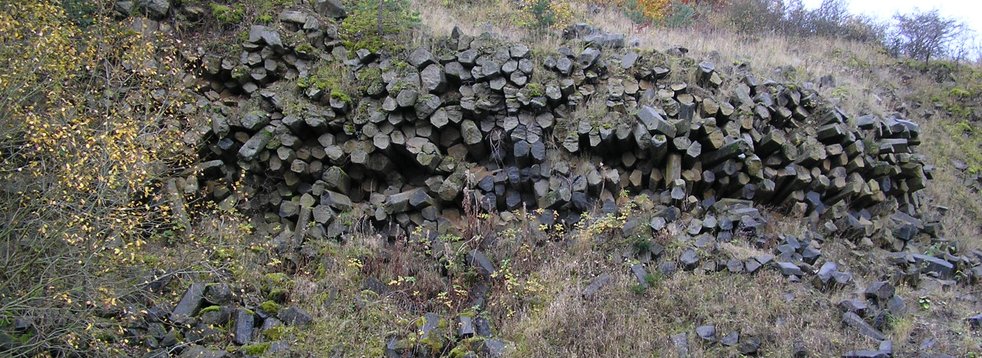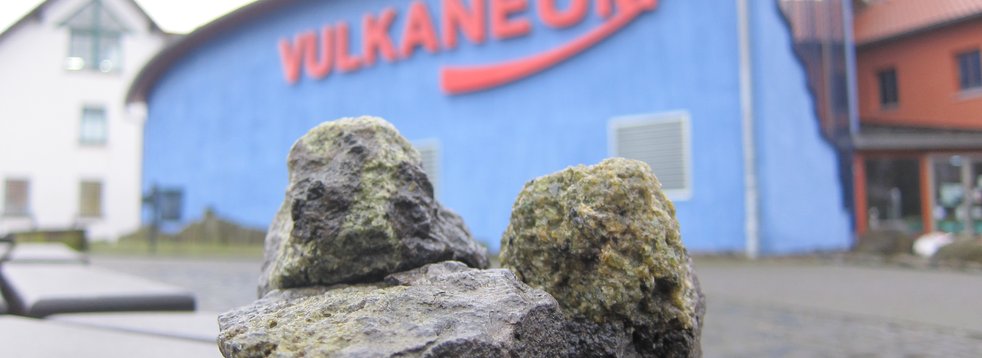The members of the Association of Friends of Mineralogy and Geology (VFMG e.V.) have chosen calcite, the most form-rich mineral on earth, with a large majority as "Mineral of the Year 2021". After magnetite (2018), malachite (2019) and fluorite (2020), the calcium carbonate CaCO? prevailed over the minerals gold, corundum and hematite, which were also up for election.
The "Mineral of the Year" was created in 2018 by the VFMG in analogy to the already long existing predicates such as fossil or rock of the year. Since 2019, the VFMG members are called upon annually to decide in a democratic vote for one of the minerals proposed from their circle. VFMG President Michael Hohl: "The predicate awarded by the VFMG is primarily intended to highlight the importance of minerals for industry, society, culture and the sciences, especially the geosciences".
According to current planning, the "Mineral of the Year 2021" is to be presented in detail in the outcrop at the beginning of May. The Natural History Museum Gera intends to show a cabinet exhibition on the topic of "Calcite", as it was already done on the fluorite in 2020. The calcite, due to its variety of forms one of the most popular collector minerals, shall be presented to a broad public by lectures in the framework program of fairs and exchanges as well as in the more than 40 district groups of the VFMG.
In addition to the variety of shapes with more than 100 crystal forms containing over 1,000 different crystal combinations, calcite is characterized by perfect cleavability. The discovery of the connection between crystal structure and cleavability is considered the birth of modern mineralogy. Other peculiarities of the mineral, which is widespread all over the world, are fluorescence under ultraviolet light and birefringence (Icelandic birespar).
The name calcite is derived from the Greek chalix (gravel, mortar, lime) and the Roman calx (lime). Knowledge of the extraction, processing and use of lime has been documented for around 14,000 years. Among the most famous buildings constructed of limestone are the Cheops Pyramid, the Parthenon on the Acropolis, as well as the Colosseum and Castel Sant'Angelo in Rome. Limestone was used as a soil stabilizer in the construction of the Great Wall of China.
The economic significance of calcite is manifold. Whether used in house or road construction or in the production of iron and steel, glass and plastics, numerous hygiene articles, paper, food and beverages - the raw material lime is omnipresent. Lime also plays an important role in environmental protection - keywords: flue gas cleaning, wastewater treatment or drinking water treatment.
Source: Vereinigung der Freunde der Mineralogie und Geologie e.V.



